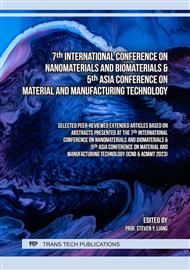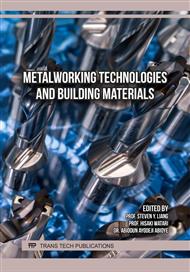p.59
p.71
p.77
p.85
p.97
p.105
p.111
p.119
p.125
Durability Studies of Conventional Cement Concrete and Geopolymer Concrete
Abstract:
The service life of structural members is significantly impacted by the durability of the concrete and that they are made of. The embedded reinforcing steel in durable concrete is protected from corrosion, and the possibility of concrete spalling in the concrete as a result of chemical attack is reduced. This study investigates the effectiveness of geopolymer concretes prepared using fly ash or a mixture of fly ash and slag (SLG). The performance of OPC concrete is likewise evaluated for comparing the durability of geopolymer concretes. This is done in order to compare the two types of concrete. All of the prepared specimens were submerged in theee types of distinct solutions up to 9 months. Four different types of solutions are (i) sodium chloride with 5% concentration, (ii) sodium sulphate 5% concentration, (iii) combination of magnesium sulphate with sodium sulphate with 5% concentration both, and sulphuric acid 3% concentration. The variation in properties were evaluated throughout the duration of the exposure period. According to the findings, it has been demonstrated that Na2SO4 (sodium sulphate) has the most significant effect on the geopolymer concretes, whereas sulphuric acid has the greatest potential to break down OPC concrete. With the effect of sulfuric acid, the strength reduction was 26.57% for OPC concrete and where as for flyash & SLG concretes it is 10.87% & 7.26% respectively. According to the findings, the durability performance of geopolymer concrete is, in general, better to that of cement concrete.
Info:
Periodical:
Pages:
97-103
Citation:
Online since:
March 2024
Keywords:
Price:
Сopyright:
© 2024 Trans Tech Publications Ltd. All Rights Reserved
Share:
Citation:



